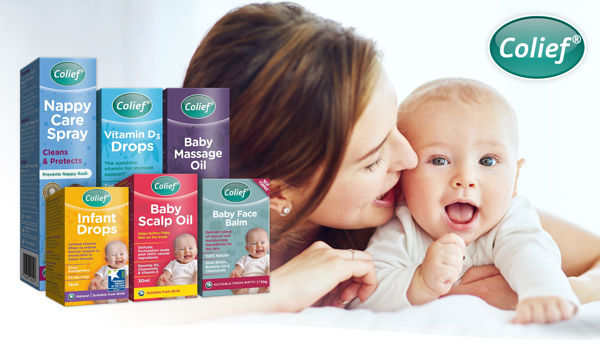With an abundance of sensory-related toys on the market these days, it can be difficult to know what types of these toys would most benefit your baby or toddler. So in this article, I’m going to be outlining the sorts of items that are most useful for your little one.
Sensory play has lots of benefits such as hand to eye coordination, development of motor skills both gross and fine, as well as problem-solving. All of which are key aspects of learning for your little one. It’s about learning but it also should be fun for all involved and hold your child’s attention for a time.
Babies love to put things in their mouths, encourage this aspect of learning by buying safe sensory toys that are usually made of wood or silicone, baby can play and learn safely. Make sure these are safe for baby by always checking the packaging for size and materials and age. A baby first learns with their mouth and hands because their eyes take time to develop. Tummy time is important because it aids muscle development so that a baby can hold their head up. Once a baby can sit unaided, that is when the gross motor skills need to be established and grown. Having your little one hold larger items can help them with this. You can get textured balls and shapes which a baby would find intriguing with the colours and the shape differences.
A toddler should be introduced to things like sensory toys that would encourage problem-solving such as shape sorters, stacking cups or rings. This critical brain development is linked to their motor skills, so if a baby was encouraged to hold things, by the time they reach a toddler stage they should be able to hold on to items and also move them about. Using their newly learnt hand-eye coordination a toddler will learn to place these items elsewhere, such as into a shape sorting cube. There are many versions of these types of toys all of which inspire little ones to learn while playing.
Another wonderful sensory activity is the fun of building, whether that is plastic or wooden blocks, a child will always think building and knocking something down again is a fun activity. This art of building helps a child in several areas of development and also encourages imaginative play, something that is important as they get older.
Fine motor skills can be tackled with toys that include smaller items that can be held with fingers as opposed to the palm of the hand, but again you should always work with the age of your child when you purchase a toy. There are also other things that you can do at home with toys you may already own, such as balls from a ball pit. These can be placed into threes or fours on the floor and you can ask a toddler to put them in coloured piles. Start with Red, Yellow, Green and Blue, and once they have mastered those add more colours into the mix. Sometimes you need to use your imagination in order to inspire your child’s mind too.
Small children who have tummy time would advance further by having parents who get down on the floor with them, showing them what to do and how to interact. Because there are lots of sensory mats out there or pyramids which toys can be attached to, this act of being among the toys on the floor can intrigue little one's minds. Use toys with light and sound to also encourage a baby to look in the direction that you want, toys that crinkle or rattle are great examples. If toys are around a baby on a mat do make sure they are never left unattended with them.
A baby would love black and white pictures and high contrast books and toys as their eyesight develops. Bold Black and White images are ideal to stimulate the development of the optic nerves in young babies. This is important because the contrast allows cognitive development without the eyes being overstimulated.
The final type of toy that is useful from a sitting baby age right up to toddlerhood and beyond is anything that can be musical related. Music and listening is an important part of learning about the world around them as well as the talking and listening aspect. Music is an integral part of life and every child will react differently to it. See if your child wants to bang a wooden spoon on a saucepan or if they like to press buttons on a child’s keyboard. Either way that you look at it, music is an important part of being a child and once old enough to talk your little one should be able to sing along to their favourite television program or interactive toy.
Sensory play doesn’t always have to involve toys either, a potato masher and some crispy cereal in a bowl can also be just as fun! Experiment with your child and see what they think is fun! Child-friendly finger painting or potato shape printing is also a great activity to do at home.







